|
Along with photos, census records, obituaries and other newspaper articles, one of the things I like to add to each of these “Stories in Stone” blogs is a visual of where the decedent once lived. It’s not simply a “compare and contrast” between mortal residence versus eternal (cemetery) home, but surely helps bring the subject’s story alive—pardon my word choice, of course. The “a-ha” moment that many of our readers experience by seeing a familiar and existing structure still standing (long after a decedent) is truly something that makes these subjects from Frederick’s past more tangible and real, proving they too were residents just like you and me. Here is where they spent a part of their mortal life, be it a childhood home, adult residence or workplace. This is where they grew up, played in the yard, celebrated birthdays and holidays, raised children, or at the very least, spent time sleeping. On a personal level, it’s usually a treat to learn about past owners of one’s home, especially if it is an interesting, historic house. However, I do experience complaints on occasion when linking a deceased individual to a specific domicile. As regular readers know, all my stories end the same—the subject dies. Sometimes this occurs after a glorious life filled with achievement and accomplishments. Other times, decedents pass after an illness of some duration. And then, there are always those unfortunate demises caused by a terrible accident or, worse yet, a homicide. Yes, learning for the first time that an event of this nature happened in the confines of your cherished, present home can be a little unsettling, usually compounded by the graphic manner in which newspapers of the past reported on such events. They often painted grisly pictures of the scenes of crime, leaving few details to the imagination. With today’s “Story in Stone,” there is nothing to fear as I have found no outlandish or disturbing “ends” for family members, however quite a few peacefully left us here. The focal point, however, is that I want to introduce you to a historic dwelling in downtown Frederick that played home to multiple generations of a family who have made "good-old" Mount Olivet their eternal home. The address of this dwelling is 133-135 West Church Street, and the family’s name—Salter. From a timeliness perspective, this house was recently awarded a historical plaque from the Frederick County Landmarks Foundation (FCLF). These black, oval-shaped plaques of cast-iron promote the preservation and restoration of our county’s heritage. They go to property owners of buildings and structures that are over 100 years of age, possess historical and/or architectural significance, and retain physical integrity. During the past four decades, FCLF has awarded more than 400 plaques recognizing and encouraging good stewardship. The beloved Schifferstadt Architectural Museum was designated a National Historic Landmark by the United States Secretary of the Interior in 2017. Long before that honor was bestowed, Schifferstadt was the first building to be recognized by the local Frederick County Landmarks program and is registered as plaque #001. It’s always worth a refresher course to pay homage to the oldest home in the town center of Frederick as the city continues to grow outward, and is officially marketed as "Frederick County's oldest house open to the public." Schifferstadt has links to hundreds of descendants buried in Mount Olivet and thousands of others around the country. Delegations from Schifferstadt, Germany have been making official visits here for decades as part of the "Frederick Sister Cities Association." This is the site of the long-running, annual Oktoberfest celebration (sponsored by Frederick County Landmarks) as well. It's amazing to think that this structure, deemed today as one of the six most important historical houses in Maryland by the Maryland Historical Trust, was almost demolished in the early 70's to make room for a gas station. God bless those founding mothers of Frederick Landmarks (ie: Birch Hotz, Anne Lebherz, Maggie Kline and Fritsie Kelly) who began the organization in 1972 and also saved the likes of Rose Hill Manor, the Beatty-Cramer House and the Barbara Fritchie "replica house." The following comes from the Frederick County Landmark’s website fredericklandmarks.org: “The story of Schifferstadt began as part of the great German migration in the 1600s and 1700s when tens of thousands of Germans fled their ravaged native land to seek a better life in America. Most landed in Philadelphia and settled in Pennsylvania, but many continued west and south, tracing the Monocacy River valley to Frederick County. Joseph and Catharina Brunner led three generations of their family on this path, reaching Philadelphia in 1729. In 1736 most of the Brunner family moved to what is now Frederick County and began farming a 303-acre tract of land. They called it Schifferstadt, after their hometown in the German region of the Palatinate. Three grown sons and two married daughters settled on nearby parcels. The Brunners first built a log cabin, but after 17 years in the log house, Joseph sold Schifferstadt to his son, Elias, then 30. In 1758 Elias and his wife Albertina built the stone house that has stood for 265 years and today is a prized feature of Frederick’s early days.” Like the Brunners, the Salter family, our focus in this week’s “Story in Stone,” also claim German roots and a similar route to Frederick through Pennsylvania and the port of Philadelphia. I recently learned more about this group from a lady named Marilyn Easton, current owner of the family domicile at 133 West Church. Interestingly this home, and the one next door at 135 were built originally as one family dwelling after Mrs. Nettie Salter bought this property lot in 1896 from Lewis Brunner who operated the iconic town mill across the street since obtaining it from the Bentz family in 1848. Back to Ms. Easton, she attended a recent prospective member day for our Friends of Mount Olivet group and was given a suggestion by Board members at Frederick County Landmarks Foundation to seek me out, specifically because she had mentioned a multitude of family members (past owners of her property) being laid to rest here in Mount Olivet. And “By George,” she would wind up showing me the family plot in Mount Olivet’s Area L, conveniently located behind the Key Memorial Chapel where we held the prospective members meeting referenced. “By George!” Full disclosure here— I don’t think I have ever used the expression “By George” in my life before visiting the Salter gravesite last month, but I have heard it used both in person and on television. Regardless, the saying was the first thing that came to mind after Marilyn Easton showed me the family plot in which four out of the nine family members (in Area L/Lot 142) were named George. Three of the respective Georges’ wives are located here, along with a daughter/sister named Emma Kate Salter. The lone, dissenting male without the name George is Frank Carlin Salter, which may ring a bell for loyal readers as I published a “Story in Stone” back in January (2023) on this man’s namesake (Frank Carlin), a champion hotelier from Frederick’s past. Just where did the saying “By George!” come from? Online sources say that "By (God and Saint) George" is an old English oath that was commonly invoked immediately before charging into battle. This tradition dates from the 12th century up through World War I. A version of the oath can be found in Shakespeare's Henry VI (part I), written circa 1589 and set in 1431. St. George is particularly popular in Great Britain and for good reason due to his supposed dragon-slaying heroics on the flat-topped (and aptly named) Dragon Hill in Uffington, Berkshire in the Middle Ages. He is considered the patron saint of knights, soldiers, scouts, fencers and archers, among others. St. George’s moniker has been invoked against the plague and leprosy, and also in encountering venomous snakes. In England, St. George’s Day is still celebrated, and his flag flown, on his feast day. This happens to be April 23rd and sadly, like me, you likely didn’t take full advantage of commemorating this day either. I also learned that the name George means “earthworker,” or as we know this occupation better, “farmer.” And again, how appropriate as Earth Day on April 22nd, immediately precedes St. George’s Day. I sure hope I ate vegetables and gave thanks to farmers and Mother Earth on at least one of those days. So, By George, let’s get to some of these Salters, shall we?! The perfect person to start with is George Edward Salter. We have his biography from 1910, courtesy of T.J. Williams and Folger McKinsey who gave us the History of Frederick County in 1910: “GEORGE E. SALTER, one of the leading saloon-keepers of Frederick, son of William E. and Mary A. (Killian) Salter, both deceased, was born in Frederick City, September 9, 1845. The late William E. Salter, father of George E. Salter, was born in Germantown (PA). He learned shoemaking, and in early manhood, removed to Frederick, Md., where he spent the rest of his life. He worked at his trade, and also held the position of lamplighter of Frederick while the town was lighted with gas. He was the first janitor of the Independent Hose Company, at the old engine house, a position which he retained until the time of his death. He was highly esteemed among the older citizens of Frederick. William E. Salter was married to Mary E. Killian. Their children are: 1, Elizabeth (Mrs. David H. Kolb), of Frederick, deceased; 2, Catherine, deceased, married to the late Charles B. Shope, of Frederick; 3, Annie (Mrs. James Rigdon), of Frederick, husband, deceased; 4, George E.; 5, Charles, deceased. George E. Salter grew up in Frederick and attended the public schools of that city. He learned cigar making, but after working at that trade for some time, he accepted the position of night clerk in the hotel of Frank Carlin, with whom he remained for a number of years. Mr. Salter then accepted a clerkship in the saloon of H. B. Showman, and when Mr. Showman retired, he purchased the business. Mr. Salter has been very industrious and attended closely to his business and, consequently, has prospered financially. He bought the old Brunner property on the northeast corner of West Church and Bentz streets, where he erected the beautiful home in which he now resides. He afterwards bought the property of George K. Gilbert on Market Street, and made it his business stand. It is one of the finest business stands in Frederick City. Mr. Salter is a stanch Democrat, and is prominent among the business men of the city. He belongs to the Improved Order of Red Men. George E. Salter was married, February 17, 1871, to Nettie T., daughter of the late Dennis and Rebecca (Measel) Stull, whose father was prominent among the older farmers of Frederick County. Their children are: 1, Emma K., at home, unmarried; 2, George W., of Frederick; 3, Frank C, at home; 4, Mamie E. (Mrs. Richard Keyser), of Frederick. Mr. Salter is a Lutheran. His wife belongs to the Reformed Church.” Fixing the Salters A coincidence of timing has our Friends of Mount Olivet gravestone restoration team currently making repairs to the gravestone of George’s father, William Ent Salter (and also that of George's brother, Charles William (1849-1872). They are buried in Area A, and I just visited their gravesites while conducting a tour on May 6th for the Coalition to Preserve Maryland Burial Sites. William’s tombstone has been eyed for repair over the last year by members of the local Independent Hose Company because William Ent Salter served as the company’s first janitor and apparently lived in their original hall in the first block of West Church Street. It was in eight pieces until this past week, and should be back upright again in coming weeks after many years of being propped up against its base-stone as to minimize further damage and allow mowers to do their job.  FOMO's Ray Crough and Superintendent Ron Pearcey explaining our recent repair efforts on the Salter graves to participants of a cemetery conference sponsored by the Coalition to Preserve Maryland Burial Sites. The one-day conference was held in Downtown Frederick on May 6th, 2023 and included preservation volunteering heroes from all over the state who are saving and championing our endangered cemeteries and aged gravestones. As for son George E. Salter, he was well-known in town and engaged in the saloon business for much of his life. The obituary mentions his affiliation with Frank Carlin at whose hotel Salter worked as a night clerk. He would name his son after his mentor. Mr. Salter’s first business endeavor came when he purchased the business located on the north side of East Patrick Street, just a few doors east of Market Street and the Square Corner. Many are familiar with this structure as the second Rosenstock Brothers dry Goods and clothing store location, where many believed the famous Civil War photograph of Confederate soldiers marching was taken (until recently proven incorrect). Today, an entirely new building constructed by the Rosenstocks sits on the old saloon location and currently serves home to Frederick County Bank. Hamilton B. Showman owned the saloon business here before Salter, but not the land/building itself. That was owned by Francis & Columbia Lewis from 1881 to 1898, when they sold it to Aaron & Jacob Rosenstock. Salter was only the tenant. In 1903, Mr. Salter bought a saloon location at what is today 20-22 North Market Street and would conduct a cafe here until the time of his death on November 19th, 1912. Today, this location is home to the Tsunami Restaurant. I found the 1910 US Census entry for this family interesting as multiple family members were employed in the alcohol trade. George E. is listed as a saloon keeper, George W. as a bartender and Frank C. Salter as a clerk for a brewery. George E's wife, Antoinette Francis (Stull), would outlive her husband by nearly three decades, passing in 1940. In case you were curious, both died in their home at the end of West Church Street. George and “Nettie’s” daughter Emma Kate, lived to achieve 76 years of age (1870-1947). Now she died at a location in the 700 block of North Market Street, house number 708 according to our cemetery records. George and Nettie’s oldest son was George William Salter (1872-1933), also a successful businessman in town, having conducted a livery stable on South Market Street. Their son George W. Salter owned what had been Sinn's Pioneer Livery Stables on the west side of South Market between Patrick and All Saints streets at what would today be numbered 47-49. On the 1911 Sanborn Insurance Map this was identified as "Palace Livery" and you reached it by going down what is now called Citizen's Way. Upon reaching his son George W.'s adulthood, George E. Salter decided to subdivide the family home in question. George E. remained in the west side of the property (today’s 135), and George W., and wife, Roberta “Mae” Dutrow (1874-1954), took the east side of the house where my new friend Marilyn resides today at 133 West Church. This is evident in the 1910 Census that I showed earlier. As for George W., this residence (and eventual death place), would serve as his family home for the entirety of his life. He and "Bertie" would be married here as well. George William Salter would eventually become a member of the local Frederick police force after receiving an appointment from Mayor Lloyd C. Culler. He would later take the position of desk sergeant—a position he held until he became incapacitated due to the illness that would take his life. This occurred on March 27th, 1933. George W. and “Bertie’s” son, was named for his grandfather—George E. Salter. He lived from June 6th, 1905 though June 11, 1980. His claim to fame lies in the fact that he was a local radio personality on WFMD. His obituary states that he was a sportscaster and I saw several other articles in the local paper that showed his involvement with, and support of, local youth and school sports teams. George also worked for the Francis Scott Key Hotel, which is fitting because his namesake grandfather also had employment ties to its predecessor in the old City Hotel. He would never marry or have a little George of his own. Two more children of our original George Edward Salter are left to briefly discuss as they are buried within the Salter plot on Area L. First there is the aforementioned Frank Carlin Salter (1874-1917). He was a barber by trade, and lived with his mother. He also was tied to the Independent Hose Company like other family members. Frank got in on the "death and dying at the home residence" business as well and passed at age 43 after battling medical maladies for quite some time. Of course this should really come as no surprise as countless folks expired at home. Frederick didn’t get a hospital until 1901, and these were used to treat emergencies and eventually to perform surgeries more than the maintenance care performed by health centers today. Finally, a granddaughter (of George E. and Antoinette) would make her mark—Antoinette Margaret (Salter) Rothenhoefer (1897-1971) in my story here by bringing yet another George into the family. (She was a daughter of George W. and Bertie Salter). This couple lived at 27 East Third Street instead of the family homestead, however. Antoinette married George Leonard Rothenhoefer who hailed from Yellow Springs north of town. Mr. Rothenhoefer was born on June 16th, 1894. In addition to being a veteran of World War I, he was also a tax consultant with offices on North Court Street. The couple lived at 133 West Church, but later moved to 27 East Third Street. Mr. Rothenhoefer died seven months after his wife on March 10th, 1971. As an aside, George and Antoinette's son, Robert Salter Rothenhoefer (1922-2003), was a World War II veteran and long-term Maryland State’s attorney, repeatedly elected to serve from 1959 until his retirement in 1982. So I think I have successfully covered "the house-full" of residents in the Salter family plot in Area A, most of whom lived (and died) in this converted duplex house on the west end of West Church Street. Just like every stone has a story, so does every house and building in our fair town and county. The fine folks of Frederick Landmarks are inspirational in influencing homeowners to not only being structural stewards, but stewards of the personal history of earlier owners as well. Marilyn Easton is certainly representative of that spirit, and I truly thank her for sharing the life and times of the Salter family with me for this blog entry. Marilyn provided some of the visuals and made sure I was on-hand for the plaque unveiling on May 3rd, 2023 as she welcomed a delegation from the Frederick Landmarks Foundation to tour her home. Among the members on hand were two Friends of Mount Olivet members who serve the Frederick Landmarks to their fullest. These are Walter Olson, Chair of the Plaques Committee, and my friend, Jennie Russell, current Board president of the organization. I appreciate the continued support and cheering on that Landmarks continues to do for our efforts at Mount Olivet in the realm of preserving records, structures and stones. One of the interesting things that Marilyn Easton provided me for my research on this story was a vintage recipe for gingerbread, taken from the pages of the Frederick Post back in 1937. I was perplexed at first, but soon learned that this was a prized recipe from Roberta “Bertie" Salter, wife of George W. Salter. As said before, I was invited to the plaque committee's recent house-call to deliver, and present, Marilyn's cast-iron award. She was a perfect host, and provided interpretation during her house tour about the former tenants. She also showed us all the restoration improvements she has lovingly made in recent years thanks to her talented contractor Chris Bowers. But that all said, the highlight of the day was a trip to Marilyn's kitchen. It proved sweet and filling as we were served homemade gingerbread with real whipped cream. It was Bertie Salter's actual recipe, successfully attempted 86 years later. The grand finale was the awarding of plaque number 442, which was duly hung on the front of 133 West Church. I guess it’s safe to say that the Salter house is now part of an even larger family—the family of Frederick Landmarks “By George!”
0 Comments
Leave a Reply. |
STORIES
|
Archives
July 2024
June 2024
May 2024
April 2024
March 2024
February 2024
January 2024
December 2023
November 2023
September 2023
August 2023
July 2023
June 2023
May 2023
April 2023
March 2023
February 2023
January 2023
December 2022
November 2022
October 2022
September 2022
August 2022
July 2022
June 2022
May 2022
April 2022
March 2022
February 2022
January 2022
December 2021
November 2021
October 2021
September 2021
August 2021
July 2021
June 2021
May 2021
April 2021
March 2021
February 2021
January 2021
December 2020
November 2020
October 2020
September 2020
August 2020
July 2020
June 2020
May 2020
April 2020
March 2020
February 2020
January 2020
December 2019
November 2019
October 2019
September 2019
August 2019
July 2019
June 2019
May 2019
April 2019
March 2019
February 2019
January 2019
December 2018
November 2018
October 2018
September 2018
August 2018
July 2018
June 2018
May 2018
April 2018
March 2018
February 2018
January 2018
December 2017
November 2017
October 2017
September 2017
August 2017
July 2017
June 2017
May 2017
April 2017
March 2017
February 2017
January 2017
December 2016
November 2016






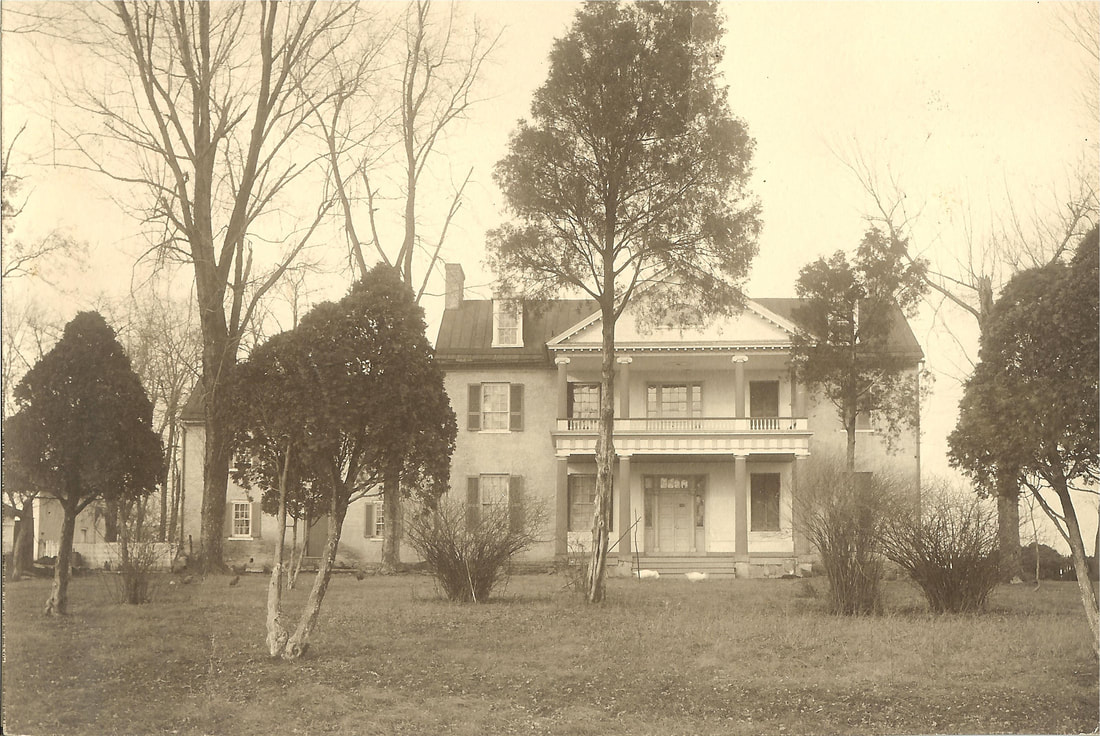



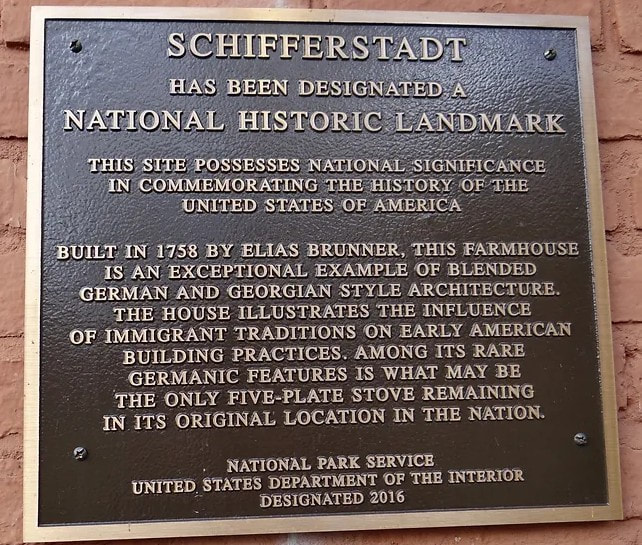










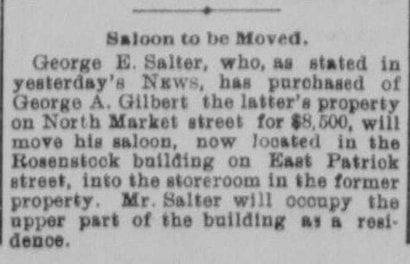













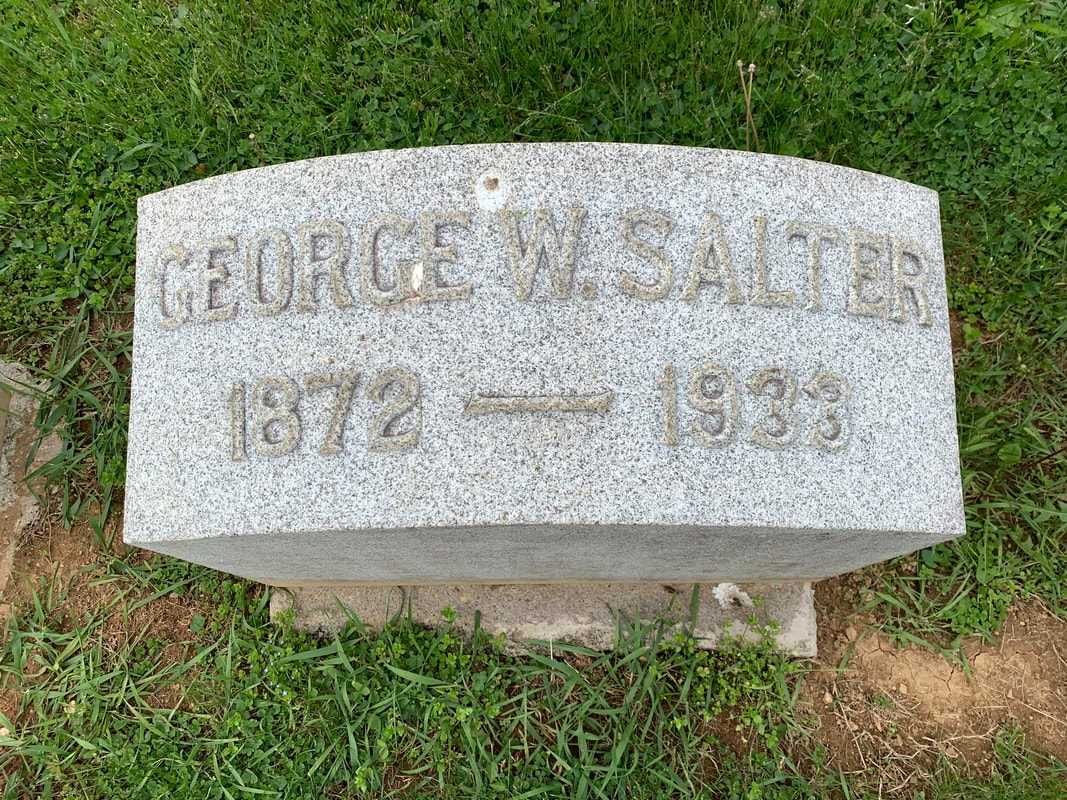
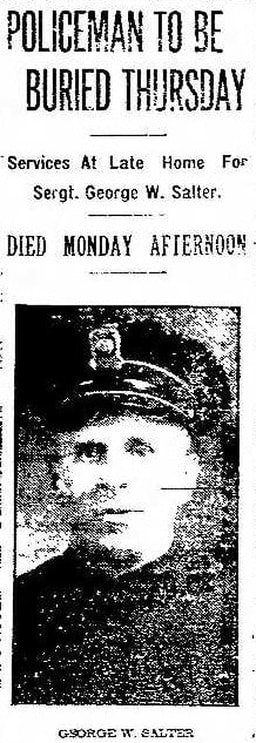





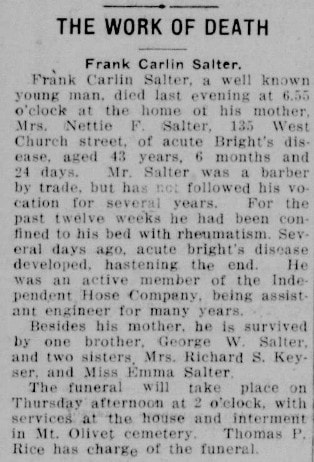








 RSS Feed
RSS Feed